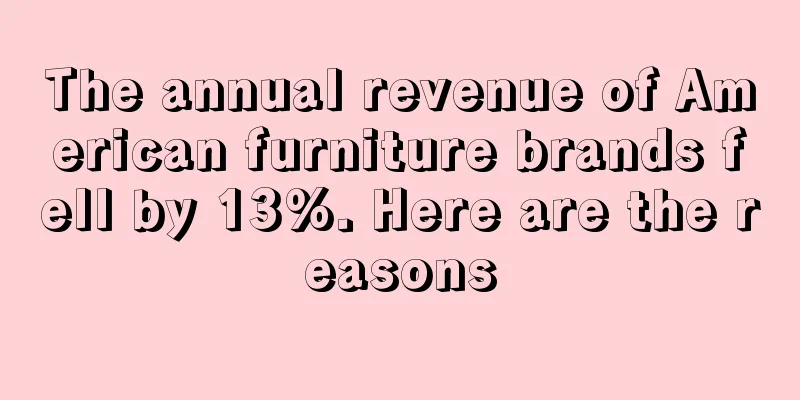Sellers beware! Too much advertising exposure may have a negative impact

|
During the pandemic, people's desire to stay connected and informed has led to a significant increase in the use of social media and mobile devices. This trend provides marketers with opportunities for development, but also brings considerable challenges. More than half (52%) of US consumers said excessive ad exposure was most likely to cause them to have a negative perception of a brand , followed by messages appearing next to questionable content (32%) , according to a new study of US consumers by audience targeting company GWI and researcher WARC. 40 % of consumers claim they now check their smartphone every few minutes , and when asked , “Which word best describes the advertising you typically see…” 32 % of consumers believe that advertising on TV , social media and websites is “ excessive ” . Additionally, online ads were considered distracting ( 31%) and annoying (27%), with only 10% of consumers saying they were memorable . This advertising fatigue is likely to intensify as people spend more time online during the pandemic . The GWI and WARC research highlights that consumers’ patience with the flood of advertising is waning, with many people becoming increasingly frustrated by being bombarded with brand messages . The level of aversion to digital advertising could further hurt marketing efforts . When asked what specific actions they took after seeing an ad , three in 10 respondents said they deleted cookies from their device , 53% said they skipped a video ad in the past week , and 40% watched only one video ad to the end. So what kind of ads do consumers want to see? Half of consumers want to see ads that provide product information, 40% want deals and discounts, and 39% want to see entertaining ads. In addition, one- third of consumers want ads that teach them something new , and 12% of consumers are interested in ads related to how brands are responding to COVID-19. In summary, advertising is necessary, but sellers should be careful to strike a balance when placing advertisements to avoid having a counterproductive effect. advertise consumer Social Media website |
<<: Indian e-commerce market expected to reach $99 billion by 2024
>>: With 8 million new users and GMV reaching $1.9 billion, Joann is booming in the US
Recommend
Easter spending in the U.S. to reach $20.8 billion, with low-priced goods popular
According to data from NRF and Prosper Insights &...
What is Review, Features?
NNENG REVIEW provides Amazon reviews, live video ...
The White House said it would crack down on sky-high rail and ocean freight costs
According to foreign media reports, the US govern...
More than 2,000 foreign trade business owners gathered in Guangzhou, and the XTransfer Future Foreign Trade Conference was successfully held
On September 13, under the guidance of the Commer...
Dutch B2B platform Orderchamp raises €16.5 million to further expand into Europe
Foreign media reported that Dutch B2B e-commerce ...
What is Wire Transfer? Wire Transfer Review, Features
Telegraphic Transfer (T/T) is one of the basic met...
The US dollar exchange rate fell to 6.31, and the seller withdrew $100,000 and suffered a loss of $18,000
The exchange losses faced by cross-border sellers...
U.S. buyer consumption trends in the first quarter of 2022
Recently, the technology company junglescout cond...
A must-have item for everyone in winter! These clothes are selling like hot cakes in Korea
Korean families attach great importance to aesthe...
$200 billion! US holiday online sales remain strong
Affected by the epidemic, online sales in the Uni...
What is Winai Information Technology? Winai Information Technology Review, Features
Winai Information Technology (Shanghai) Co., Ltd....
It’s a sad year, a group of sellers have been TROed
Entering February 2024, another wave of infringem...
In reversal, New York Amazon warehouse workers refuse to form a union
Workers at an Amazon warehouse in upstate New Yor...
The US beauty industry has seen a strong rebound, with perfume sales increasing 123% year-on-year!
According to NPD Group , the beauty category saw ...
What is Thunderbird Cloud Business? Thunderbird Cloud Business Review, Features
Zhejiang Thunderbird Supply Chain Management Co.,...









